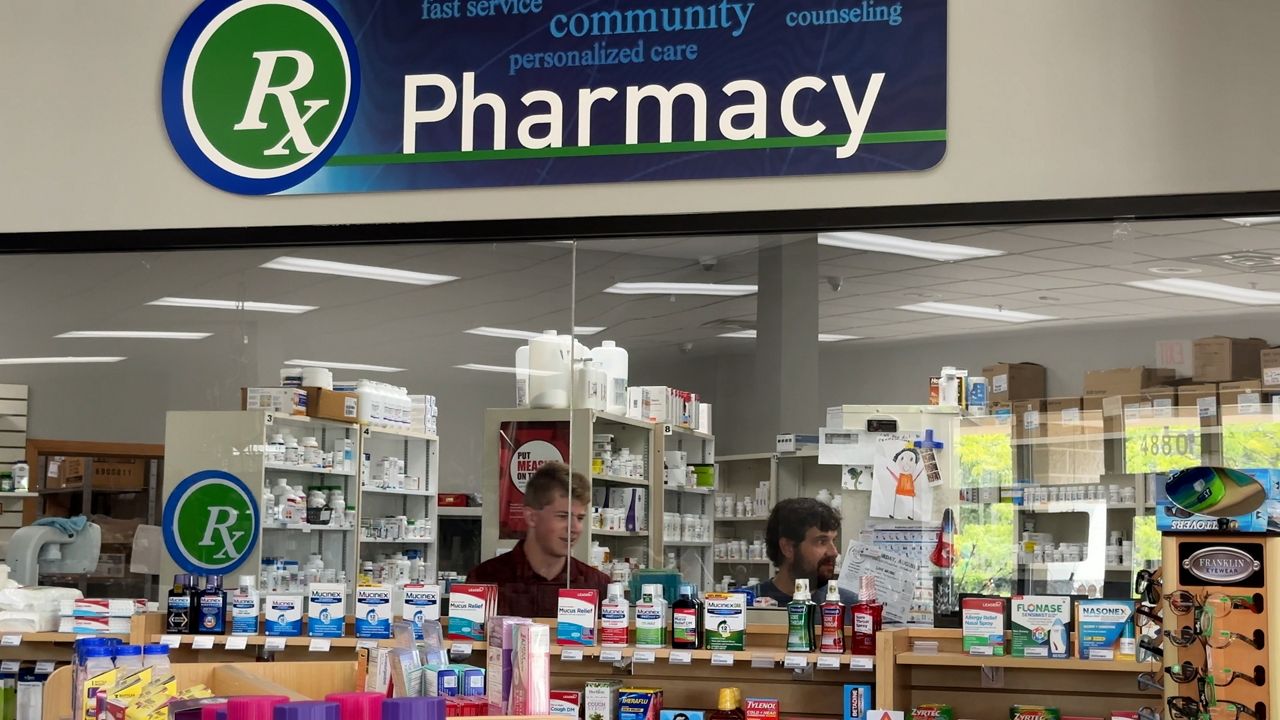COLUMBUS, Ohio — There is at least one pharmacy desert in almost half of the counties in the United States, a study from OSU researchers has found.
A pharmacy desert is defined as an area where the closest retail pharmacy is further than 10 miles away.
The study was published in the Journal of the American Medical Association by researchers at The Ohio State University Comprehensive Cancer Center – Arthur G. James Cancer Hospital and Richard J. Solove Research Institute (OSUCCC – James).
“As pharmacies close, more and more Americans are left without easy access to medications, with disproportionate consequences on certain communities. We found that patients in counties with higher social vulnerabilities and fewer primary care providers were up to 40% more likely to reside in a region with a pharmacy desert,” said Dr. Timothy Pawlik, senior author of the study, in a press release.
In the study, they found specifically that 46% of counties contained at least one pharmacy desert. In addition, they found that counties that had a “high density of pharmacy deserts had higher social vulnerability and fewer primary care providers.”
They also found that people in these regions are more challenged when it comes to accessing health care and acquiring medication.
They cite the Centers for Disease Control’s definition of social vulnerability as “potential negative effects on communities caused by external stresses on human health.”
“These findings highlight how disparities compound the lack of access to basic health care and how it can lead to many people not taking their prescribed medications and having worse health outcomes, especially for chronic conditions like diabetes and hypertension,” Pawlik said in the release.



